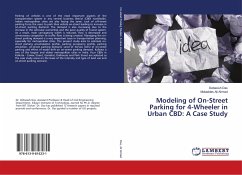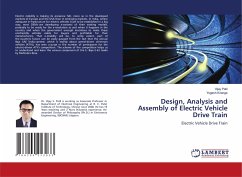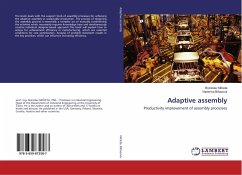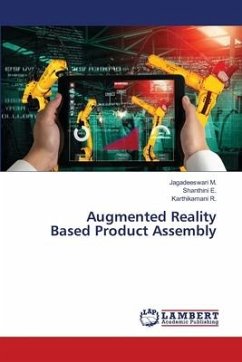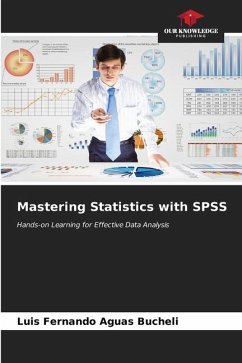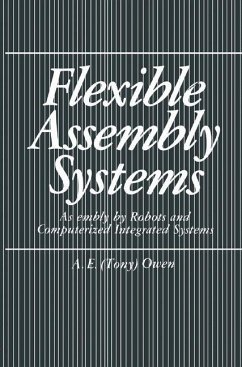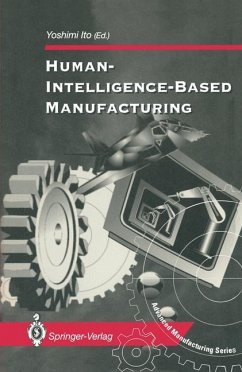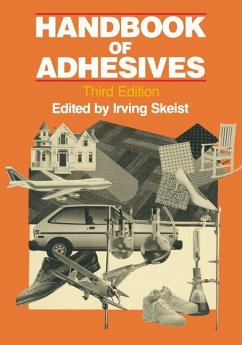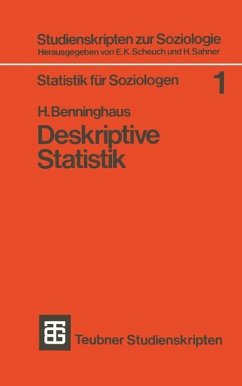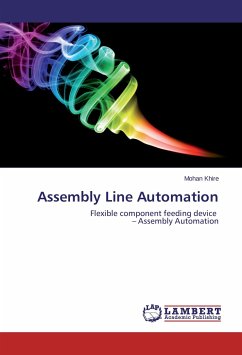
Assembly Line Automation
Flexible component feeding device - Assembly Automation
Versandkostenfrei!
Versandfertig in 6-10 Tagen
52,99 €
inkl. MwSt.

PAYBACK Punkte
26 °P sammeln!
The performance of a feeding device is dependent on the type of part being fed. It is difficult to make comparisons of the performance and suitability of the various feeding devices. The objective of incorporating flexibility in assembly line is to build systems that would produce different products and capable of being rearranged for new tasks. The flexibility in the assembly system can be achieved through the use of advanced assembly equipment like programmable automation devices. Mathematical simulation is done using VC++ platform. Poisson, GAMMA and Uniform Probability Distributions were f...
The performance of a feeding device is dependent on the type of part being fed. It is difficult to make comparisons of the performance and suitability of the various feeding devices. The objective of incorporating flexibility in assembly line is to build systems that would produce different products and capable of being rearranged for new tasks. The flexibility in the assembly system can be achieved through the use of advanced assembly equipment like programmable automation devices. Mathematical simulation is done using VC++ platform. Poisson, GAMMA and Uniform Probability Distributions were found suitable. Time domain plots of three parts are plotted using a variety of probability distributions for output prediction. The developed feeder is capable of feeding three different components. An indigenously designed low cost component feeding device is developed & implemented. The outcome of this research proves that low cost automation is equally capable of achieving the results with comparable efficiency without the use of vision system and robots. ANOVA, Independent t-Test, Kolmogorov - Smirnov Goodness of Fit Test, Multiple Regression & Chi-Square Test are conducted for analysis.



